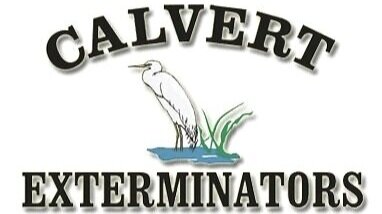TERMITE
Swarmers.
These are winged termites that erupt by the hundreds in the spring in search of a mate and an opportunity to start a new colony. When you see two winged insects crawling together, or a cloud of winged insects, take a close look and determine whether they are ants or termites. Ants have swarms too.
Visibly damaged wood.
The surface of severely damaged wood may appear blistered or peeling, as termites hollow out the wood leaving a paper-thin surface. Look for wood that has been tunneled into. Soil is typically mixed in with the wood. Termites prefer soft or previously damaged wood, but will eat most anything
Other symptoms of wood damage from termites.
Small piles of wood residue or shavings, tiny holes in wood, crumbling drywall and sagging doors are other things to watch out for.
Where should I look for signs of termites?
Check the perimeter of your house, the crawlspace, any wet or damaged wood, wood piles, the attic and garage, pipes, windows and doors, and other entry points.
Oftentimes, damage is not apparent until it is substantial. When you suspect wood may be damaged, you can check by poking it firmly with an ice pick or screwdriver.
How can I tell the difference between Ants and Termites?
Ants and termites are very similar but ants do not consume wood.
Worker ant vs worker termite – basically the same as winged version but without wings
Winged ant vs. winged termite – Winged ants have elbowed antennae, thin waists constricted at the thorax and hind wings smaller than their front wings. Winged termites have straight antennae, broad waists and wings that are equal in length.What does damaged wood look like?
Look for wood that has been tunneled into with a honeycomb pattern. You will find soil mixed in with the damage of subterranean termites. You will notice that primarily the soft wood was consumed.
How can I tell the difference between termite damage and water damage?
Soil will be mixed in with the damaged wood when termites are the cause of the problem.
How do termites find my home?
Termites live in and under soil and vegetation near wooded areas. Workers forage randomly for cellulose within a range of up to 100 meters, but the closer they are, the more likely that they’ll find you.
What is a swarm?
At different times of the year, depending on species, a cloud of hundreds or thousands of winged termites fly into the air to find a companion and return to the soil to form a new colony. A burst of winged termites in or near a home is one of the biggest clues that termites are near.



